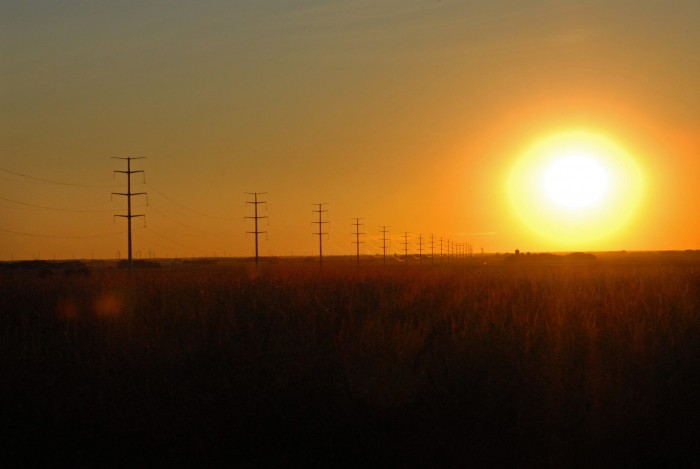Electricity is an essential part of daily life. Yet, rarely do we consider what it takes to keep those electrons flowing. Just as the U.S. rail and highway systems help move grain from where it is grown and harvested to the markets in cities and towns, transmission provides an identical and essential service in transporting wind energy from its source to the grid, where it can be offered as a low-cost source of power for our homes, businesses and devices.
The Heartland has some of the best wind resources in the nation. According to the U.S. Department of Energy’s (DOE) Wind Vision report released earlier this year, wind energy could supply 20% of the nation’s electricity by 2030 and up to 30% by 2050. The wind industry has been working hard to develop wind in new areas to meet these growing demands. Just the same, the Center for Rural Affairs states that only 6% of transmission lines are located in the top 10 wind states. Without the proper transmission in place, wind energy could be all charged up with nowhere to go.


